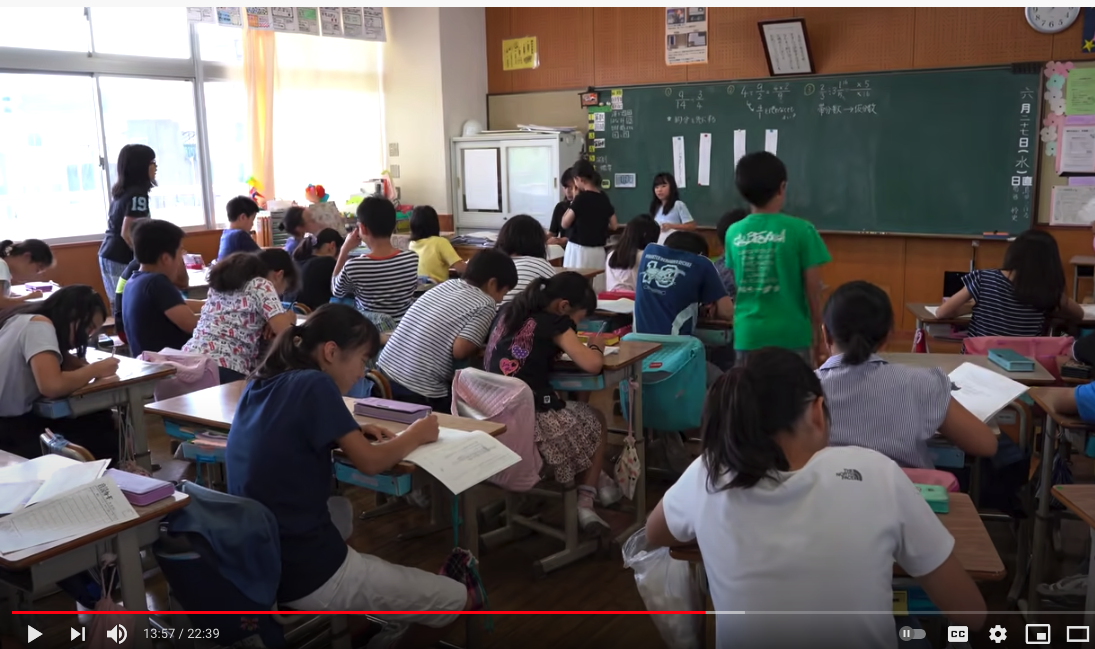Over the years, YouTube, the world’s most popular video-sharing site, has become a hub for more than just prank videos or cuddly creatures. Nowadays, there’s plenty of informative, documentary, and educational content. These videos range from tutorials on how to install a garbage disposal to in-depth history documentaries to primary sources like old films and newsreels.
Of course, any space on the internet that allows anyone to post means users should practice good digital literacy and have a sense of the creator of the video. And naturally, educators will always want to review and vet videos before sharing with their students.
With those considerations in mind, let’s explore how YouTube can help teachers and students understand countries outside of the United States, including daily life, historical information, cultural arts, and more.
Greetings (こんにちは) from Japan
North Americans living overseas can be a great video source, as many of the videos are in English and targeted at sharing foreign cultures with an American or Canadian audience.
The YouTube channel Paolo from Tokyo shares many videos about life and culture in Japan. The popular Day in the Life videos offer brief, entertaining insights on daily life in Japan.
Also from Japan, Life Where I’m From explores how kids and adults live, work, play, and eat, always working to share with the world by posing the question: What’s life like where you’re from?
Kids Teaching Kids
Young people love seeing how other kids experience the world; it’s one of the ways we grow as people. After a bit of digging and review, you can find useful videos on YouTube that feature children sharing their experience and culture with each other.
The Hiho Kids channel features the Show and Tell series, allowing kids to share their traditions and culture with each other. Above, students share their family’s heritage. Below, they share cultural traditions.
You can also look into the How Other Kids Live series from the channel Origins, which digs into questions like “How Easy Is It for Kids to Make Friends?”
Food Facts
Another great way to connect kids with their counterparts overseas? Food! An easy, engaging start would be exploring what school lunch is like in various countries. How does your cafeteria lunch stack up?
In this video from the UK’s Channel 4, kids sit down with a multicultural family for a meal, one of the best ways to connect with people.
What videos, shows, or other multimedia tools do you learn to share world cultures with your students? Let us know in the comments! And then think about how your students can share their culture with the world on You Tube!

